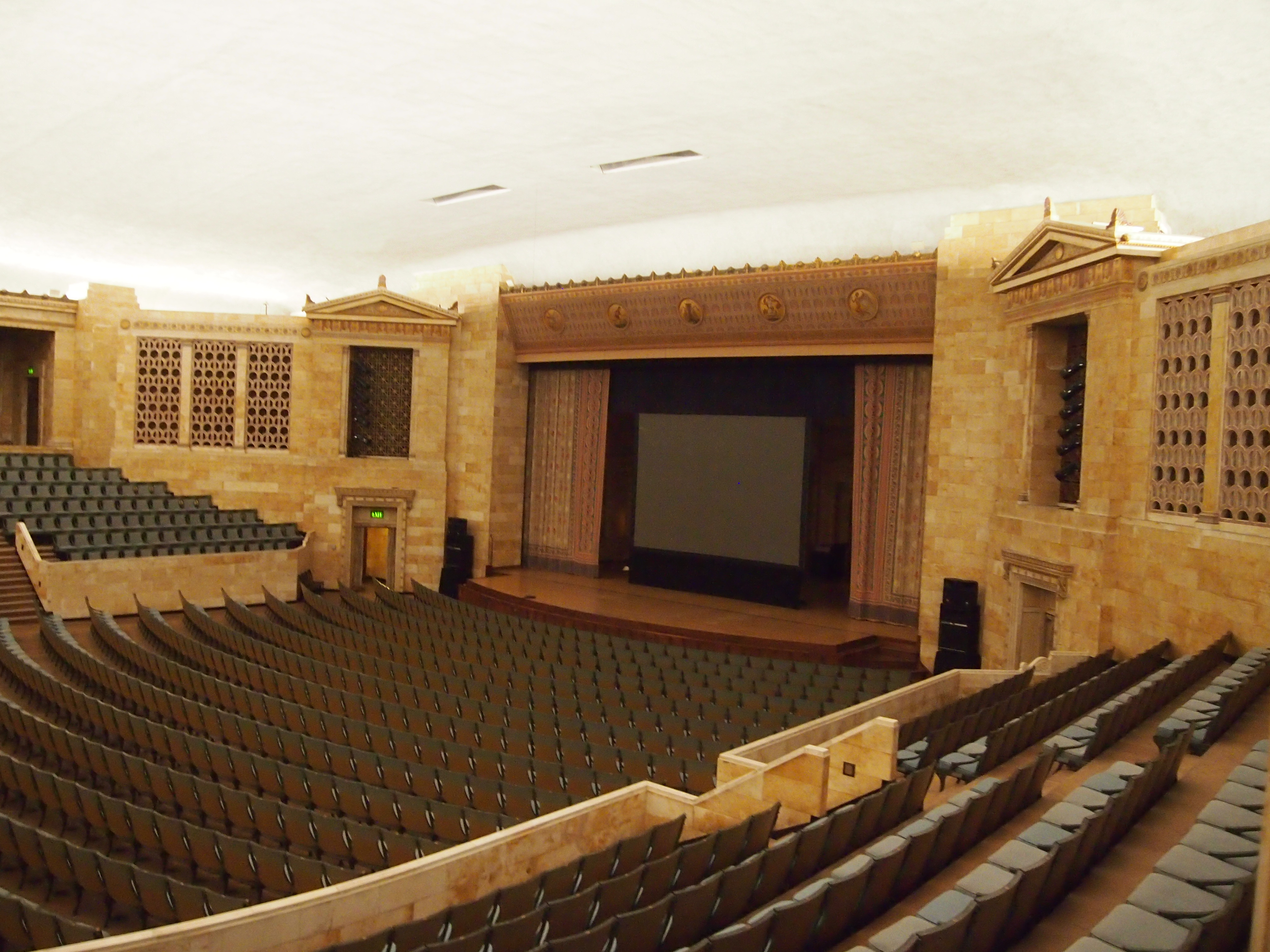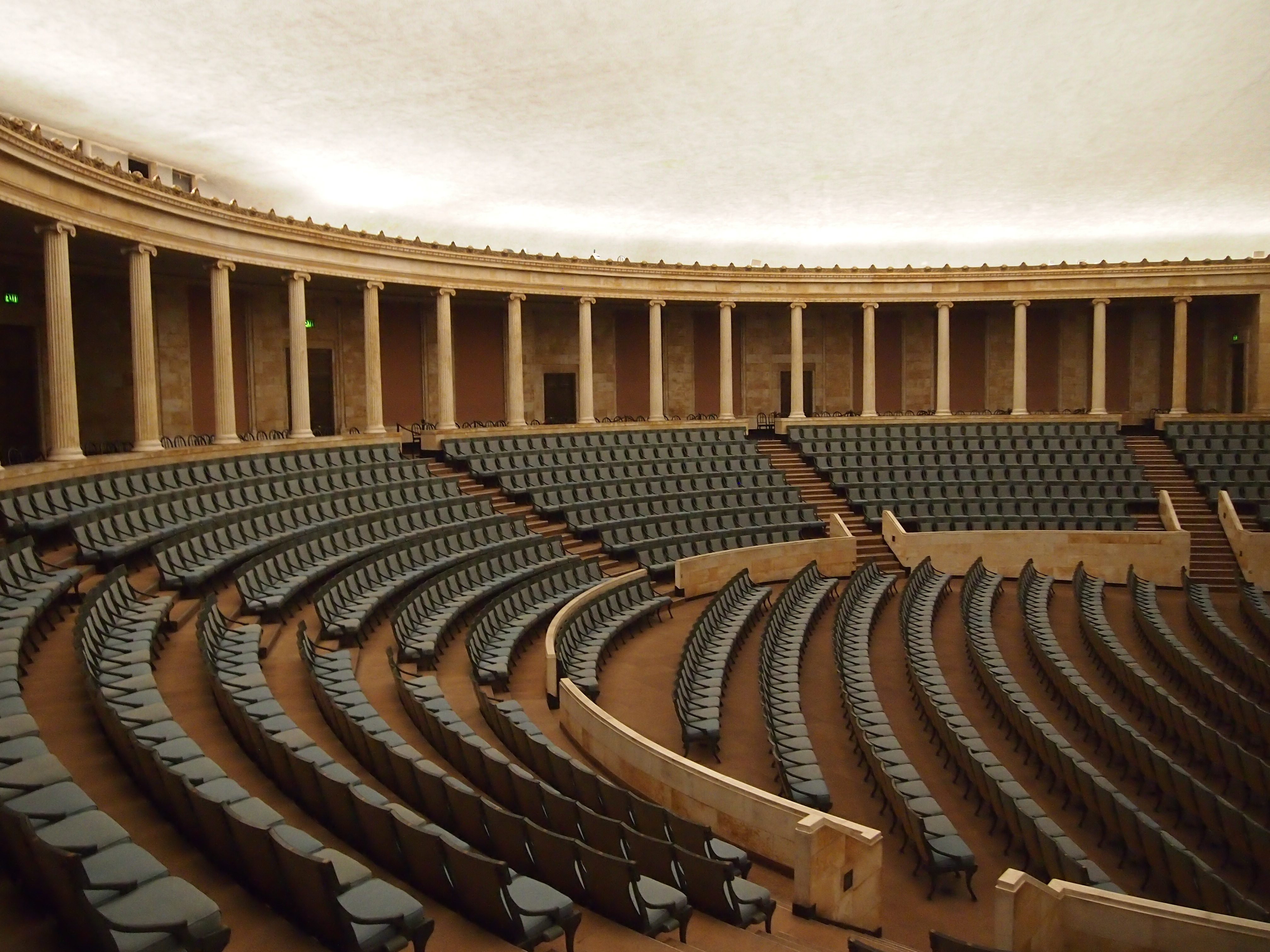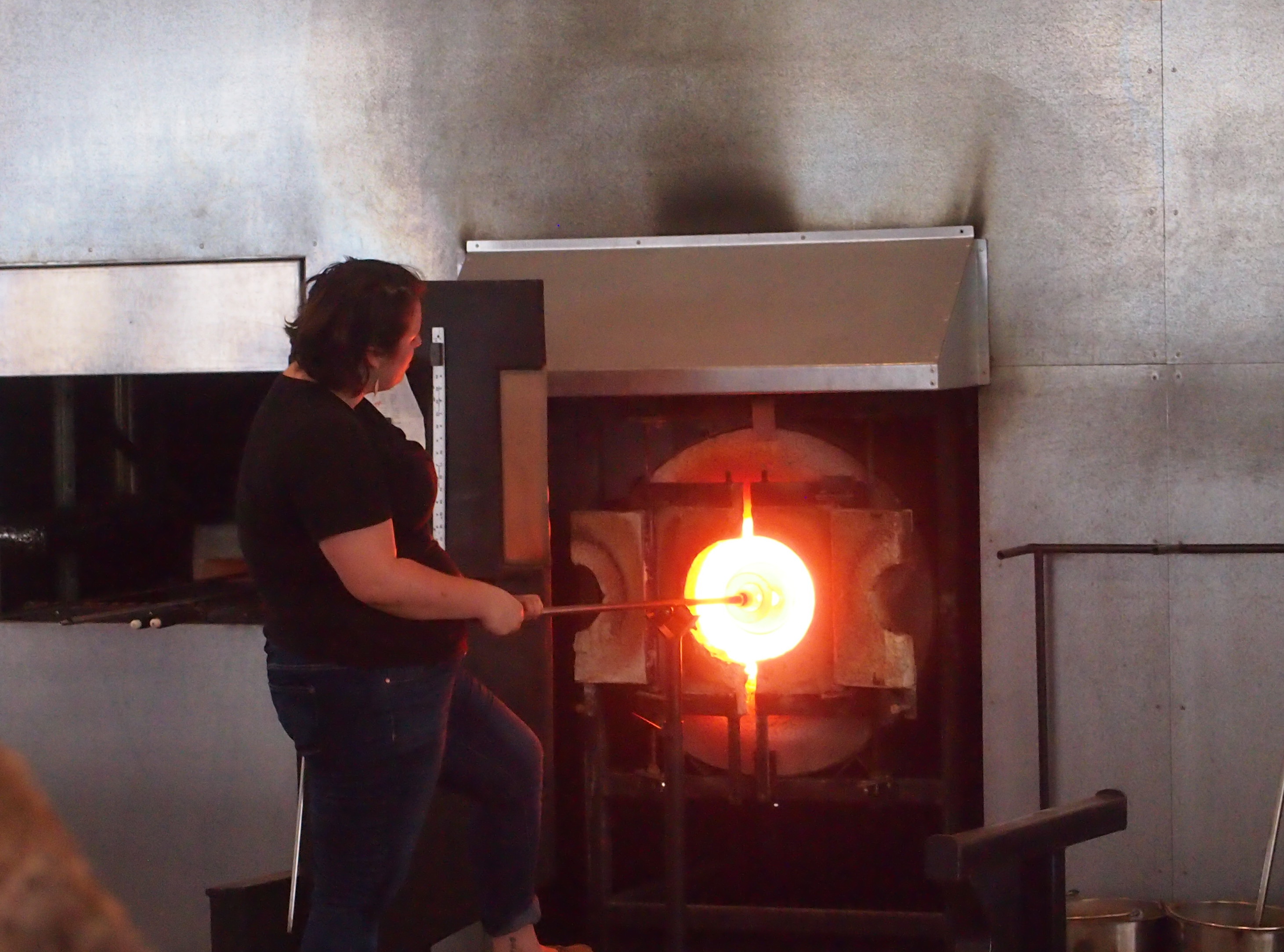Late on Sunday evening, a short, intense thunderstorm rolled through. A little later, just before midnight, I looked out of my back door — which has a southern exposure — and saw the most vivid cloud-to-cloud lightning I’ve ever seen, as the storm was a few miles to the south. Quick arcs and pops of lightning, mostly horizontal, illuminating the otherwise inky sky.
I didn’t drag Lilly to a cemetery on our recent short trip. I didn’t see one I wanted to visit. But I did see a presidential site completely by chance. At the entrance to the Michigan Union, which is U-M’s student union, there’s a bronze plaque sporting a relief image of President Kennedy. Technically, Sen. Kennedy, because it said:
Here at 2:00 a.m. on October 14, 1960, John Fitzgerald Kennedy first defined the Peace Corps. He stood at the place marked by the medallion and was cheered by a large and enthusiastic student audience for the hope and promise his idea gave the world.
The medallion says: Conception of Peace Corps. First Mentioned on This Spot. October 14, 1960.
The Peace Corps web site is careful to point out that candidate Kennedy did not, in fact, make a policy proposal that morning. Rather, “Speaking into a microphone at the center of the stone staircase, with aides and students around him, Kennedy began by expressing his ‘thanks to you, as a graduate of the Michigan of the East, Harvard University.’ (A recording shows that this got a shout from the crowd.) The campaign, he said, was the most important since the Depression election of 1932, ‘because of the problems which press upon the United States, and the opportunities which will be presented to us in the 1960s, which must be seized.’
“Then he asked his question: ‘How many of you who are going to be doctors are willing to spend your days in Ghana? Technicians or engineers: how many of you are willing to work in the Foreign Service and spend your lives traveling around the world? On your willingness to do that, not merely to serve one year or two years in the service, but on your willingness to contribute part of your life to this country, I think will depend the answer whether a free society can compete. I think it can. And I think Americans are willing to contribute. But the effort must be far greater than we’ve ever made in the past.’ ”
The Toledo Museum of Art’s auditorium — which it calls the Peristyle — looks like this.

 A Greek-style auditorium. Can’t say I’ve ever seen one like it in this country. I understand that it’s the home of the Toledo Symphony Orchestra, among other things.
A Greek-style auditorium. Can’t say I’ve ever seen one like it in this country. I understand that it’s the home of the Toledo Symphony Orchestra, among other things.
Across the street from the main museum is its Glass Pavilion. Fittingly for a museum built with a lot of glass-industry money, the pavilion features extensive glass exhibits and also a glass-blowing studio, complete with really hot furnaces. We stayed for a glass-blowing demonstration: two young women creating a blue glass bowl. It was an intricate process, more than I knew. Looked tedious, too. Unless you’re a glass-blowing enthusiast.
 I’m glad the world has a place for glass blowers, but I couldn’t be one myself. Guess that goes for most skilled activities.
I’m glad the world has a place for glass blowers, but I couldn’t be one myself. Guess that goes for most skilled activities.